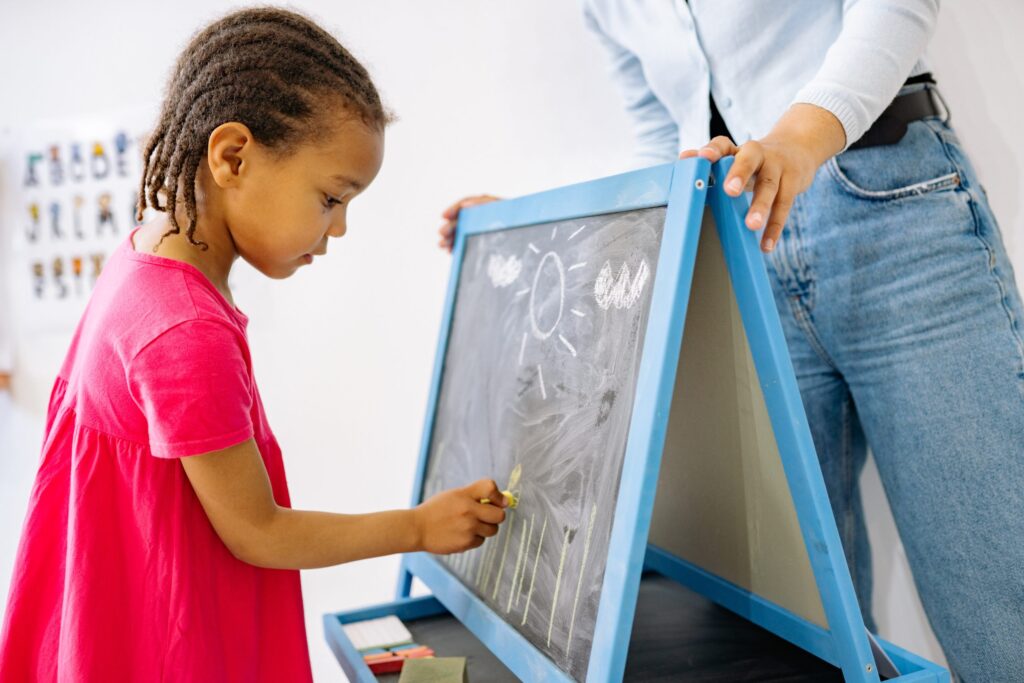
Much is often said about disability awareness, whether it’s businesses and organisations earnestly involving themselves in the various disability awareness days that happen each year, to huge corporations painting an image of inclusivity simply because they offer images of diversity in their branding – it is clear that in today’s world, people want to get involved in conversations of access and inclusion, disability and neurodiversity, which is wonderful.
However, while messages of solidarity often come from a good place (and should be celebrated), we believe practical actions to improve life for disabled people should be the focus of inclusion narratives because this is what truly makes an impact on people’s lives. While perpetuating messages of inclusivity is valid and honourable, its long-term use is generally minimal in comparison to the implementation of genuinely useful changes to society’s built environments.
Increased visibility in society for disabled people has its own power, certainly, and is a fantastic development, particularly when we consider how often disabled people are historically framed as feeble, non-sexual, or vulnerable in traditional media – but the utility of positive representation only goes so far beyond making disabled people feel validated on a surface-level.
For Direct Access, we believe in making built and digital environments genuinely accessible and not merely painting an image of inclusion, because, at the bare minimum, everybody should be welcomed. However, in many aspects of life, disabled people are still marginalised due to a lack of available facilities which accommodate their needs. This marginalisation takes on a variety of forms, whether it’s extreme examples such as a lack of sufficient wheelchair ramps and changing places, no recognition or understanding of the Hidden Disability Sunflower Lanyard, to a lack of sufficient quiet or sensory spaces. This is all made more alarming when we consider that depending on what survey you read, an estimated 1.3 billion people experience significant disability, representing 16% of the world’s population or 1 in 6 of us.
For Direct Access, we believe misplaced disability awareness signifies a clear confusion between awareness of disability and understanding the extent of disability issues in society. For instance, in our experience as access consultants, many people still perceive disability by the medical model; which suggests that disability is something to be cured of, rather than something to be empowered by. In essence, it perpetuates the idea that disability is an illness. Whereas the social model, which many of our consultants prefer, identifies systemic barriers, derogatory attitudes, and social exclusion (intentional or inadvertent), which make it difficult or impossible for disabled people to attain their value.
Though there is an argument to be made for the credibility of the medical model, in the sense that it has driven a lot of progress in medical fields and the development of treatment and medicine, the downside to this theory is a disparaging of the idea of disability, or psychological othering of disabled people and groups, and inevitably, a lack of commitment to adapting society to suit everyone, leading disabled individuals to have negative attitudes towards themselves as if they are a burden on those around them.
The social model, on the other hand, advocates for ideas of acceptance, inclusion, and the betterment of society’s institutions and built environments to directly improve the lives of disabled people. It has led to the development of Hidden Disability Sunflower Lanyards, which allows those with hidden disabilities to flag their disability without specifically giving away details, as well as fast-track through queues at airports, theme parks, and other areas that are likely to be crowded. It has also led to the removal of barriers that have allowed disabled people to work and contribute to society, in direct opposition to the stereotype that disabled people cannot work, live independently, have sex, or have children. Overall, it generates an understanding of what disabled people need, rather than what’s wrong with them.
So you might be asking, how does Direct Access utilise the social model in what we do? Well – beyond being the foundational thought philosophy of our accessibility consultancy, we offer disability awareness training courses and presentations for clients which allow their staff to understand the implications of a person’s disability, allowing them to employ more disabled people and accommodate disabled customers and clients.
Read more about our Inclusion and Awareness training here;
Inclusion and Awareness Training